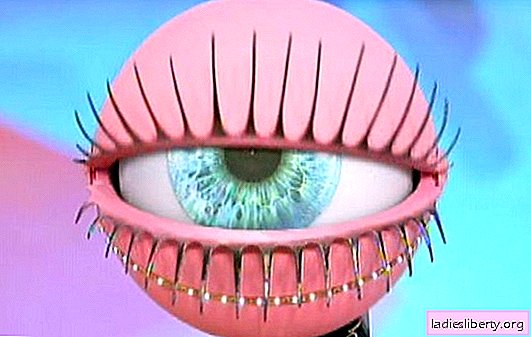
What is rickets
Rickets is a disease that affects infants and young children due to impaired bone formation and insufficient mineralization caused by calcium deficiency during the period when the child’s body grows most intensively.
Rickets in children - causes
The reason for the development of the disease is a lack of vitamin D, which is necessary for calcium to be absorbed from the intestine and distributed correctly in the body, participating in the development of bone tissue, the work of the central nervous system and other organs.
Basically, children under the age of three are exposed to it (later rickets is very rare). Most often, this disease is encountered by northern peoples who live in conditions of lack of sunlight. However, children in any climate can suffer from a deficiency of vitamin D in the body, usually due to a lack of solar ultraviolet radiation or due to poor absorption of vitamin D from the intestines, for example, due to dysbiosis.
Vitamin D is produced by the skin under the influence of ultraviolet rays. They are also rich in certain products, for example, it is found in fish oil, yolk, dairy products. Deficiency of vitamin D in the body negatively affects the absorption of calcium in the intestine and its content in the blood.
To correct this situation in the child's body, the activity of the glands is activated, which contributes to an increase in the content of calcium and phosphorus in the blood. However, this happens due to the fact that these elements are washed out of the bones, which leads to rickets.
Rickets in children - symptoms
The disease develops in several stages. First, it manifests itself in children with a decrease in appetite, sweating of the palms, feet and head under the hairs, anxiety and sleep disturbance. Such symptoms in a child up to a year are an occasion to consult a doctor who will make an accurate diagnosis and give appropriate recommendations.
If the parents are not worried about the condition of the baby at this stage and he does not receive the necessary treatment, then a few weeks later the development of the next stage will begin, which the experts have called the peak period.
At this stage of the disease, the child’s bones begin to deform, a change in the shape of the skull occurs, which consists in flattening the nape, lengthening the skull, and the appearance of frontal tubercles. There is also an indentation of the chest inside, the development of the pelvis is impaired. It is impossible to bring the disease to this stage, since in the future such children recover for a long time and are more susceptible to various chronic diseases.
Rickets in children - treatment
Treatment should be carried out as early as possible, since skeletal deformities that arise under its influence in adult life are manifested by impaired posture, changes in the chest and bones of the lower extremities. Women due to rickets suffered in childhood suffer from narrowing of the pelvis, which may lead to the need for a cesarean section.
Therapeutic measures are determined by the stage and severity of the disease. Specific treatment is carried out with vitamin D preparations. For the successful treatment, the importance of a balanced diet, sufficient stay in the fresh air, massage and therapeutic exercises, sunbathing, salt and pine baths, vitamin therapy and other general strengthening measures is very important. However, it is not possible to combine sunbathing with vitamin D.
Prevention of rickets in children
Prevention of the disease in newborns is very important, which, first of all, consists in a sufficient stay of the child in the fresh air during daylight hours and breastfeeding of the baby with timely adequate introduction of complementary foods.
Comments











